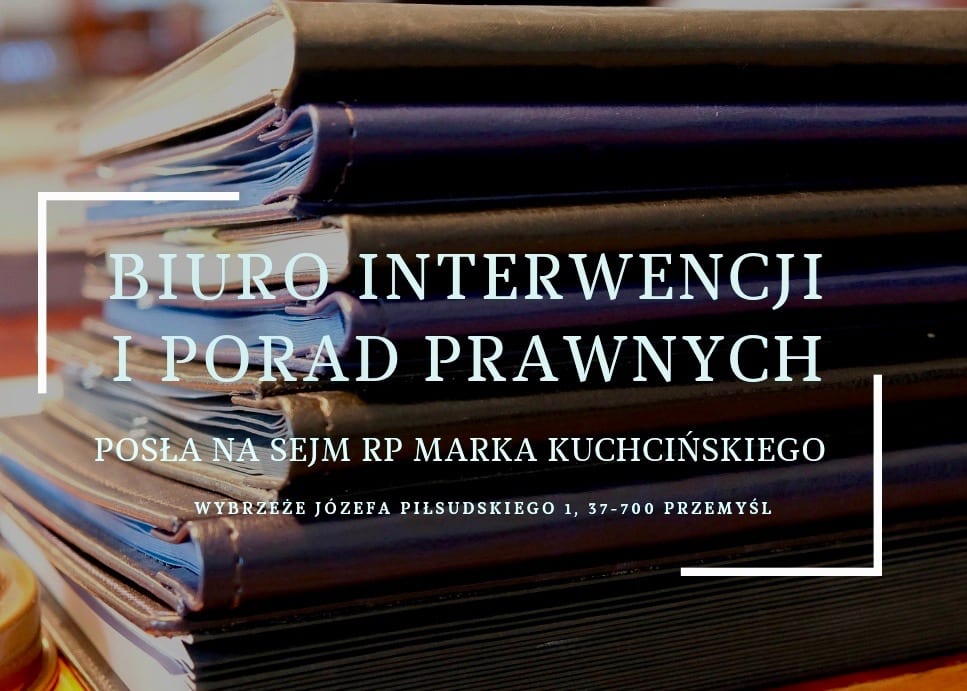March 23, 1915After almost 5 months of Russian siege, the Austrian stronghold Przemysl, regarded as impregnable, capitulated.
It was the largest set of fortifications in the Austro-Hungarian monarchy and one of the three most powerful in Europe. This blow to the empire among the Russians caused euphoria and gave hope for the conquest of Europe.
The shout of boys selling extraordinary accessories heralds the taking of Przemysl in the afternoon - wrote Princess Maria Lubomirska. The mind is satisfied, but the heart suffers. After all, Przemysl will be annexed to Eastern Galicia. The city is buzzing with excitement over the victory like foam on freshly poured champagne. There are even street demonstrations; soldiers with banners bearing the image of the Emperor and St. Nicholas are walking around, singing God Save the Tsar and followed by curious crowds.
Noisy tenants, you would say, having a festival within other people's walls, and completely oblivious to the landlord.
The capture of the fortress of Przemyśl was one of the last significant Russian successes on the Eastern Front. On June 3, 1915, after a two-week siege, German and Austro-Hungarian troops entered the city.
A tourist trail marked in black leads around the forts, which are a unique historical and tourist attraction as well as a beautiful landscape.
In 1997 Przemyśl was included in the National Programme for the Protection and Conservation of Defensive Architecture - By the year 2000 the documentation of development of the forts of the former fortress will be developed.
The countries of Central, East-Central and Southern Europe possess groups of monuments with features of uniqueness and universality. These are fortification complexes and war cemeteries originating from the last century of the Habsburg multinational monarchy. These unique features and values allow considering their transboundary inscription on the UNESCO World Heritage List.
The idea originated in 2003 during International Monuments Day. It would include bands i.e.
Przemyśl Fortress (Poland/Ukraine) with a complex of war cemeteries and
field fortifications
Fortress of Krakow (Poland)
Fortress of Krakow (Poland)
Complex of Western Galician War Cemeteries
Pula Fortress (Croatia)
Pula Fortress (Croatia)
Kotor Fortress (Montenegro/Croatia)
Kotor Fortress (Montenegro/Croatia)
Komarno Fortress (Komarom - Slovakia/Wqgry).
Fortress of Linz (Austria)
Franzesfeste Dam Fort (Austria)
Fortress of Verona (in Italy - within the quadrilateral of fortresses: Verona - Peschiera - Mantua - Legnano).
Trento with Folgaria-Lavarone (Italy), Dolomites (Austria/Italy)
Terezin Fortress (Czech Republic)
Olomouc Fortress (Czech Republic)
Olomouc Fortress (Czech Republic)
The fortified camp Zaleszczyki (Ukraine)
The fortified camp Lviv - Citadel (Ukraine)


